"The Voyager probes are showing us how our sun interacts with the stuff that fills most of the space between stars in the milky way Galaxy."
What did Voyager 2 encounter?
As Voyager 2 exited the Heliosphere (the spherical boundary shaped by the sun's electro-magnetic field) and moved into the interstellar medium on November 5, 2019, the five sensors still functioning on the craft which was launched in 1977 alongside Voyager-1, measuring magnetic field intensity, cosmic radiation flux and plasma density produced surprising results. As the magnetic field intensity from the sun was no longer felt, an ocean of extremely dense cosmic radiation and plasma was encountered. Voyager-2's results corroborate those same measurements which occurred on the faster moving Voyager-1 when it traversed the Heliosphere in 2012 proving that this was not a "localized phenomenon".
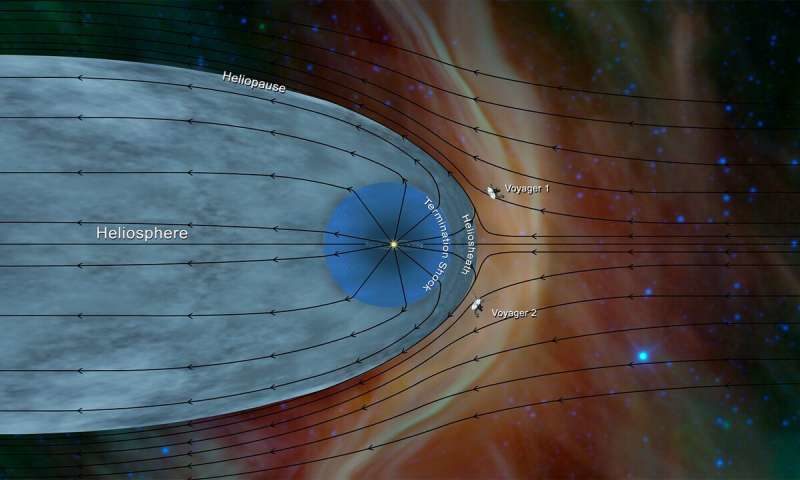
The sun's radiation moves not through an empty vacuum, but rather a densely saturated ocean towards the earth. It's emissions (and those of the broader galactic environment are mediated by the ionosphere, van allan belts and electromagnetic field of the earth as featured in the artistic rendition above.
Plasmas are sometimes known as the fourth fundamental state of matter (the first three being solid, liquid and gas). When the atoms and molecules making up a gas are induced to lose their electrons (becoming ions), an electrically conducive plasma is produced composed of said ions and free electrons.
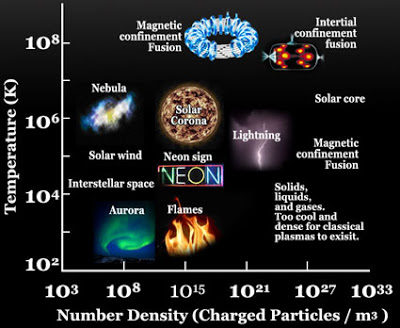
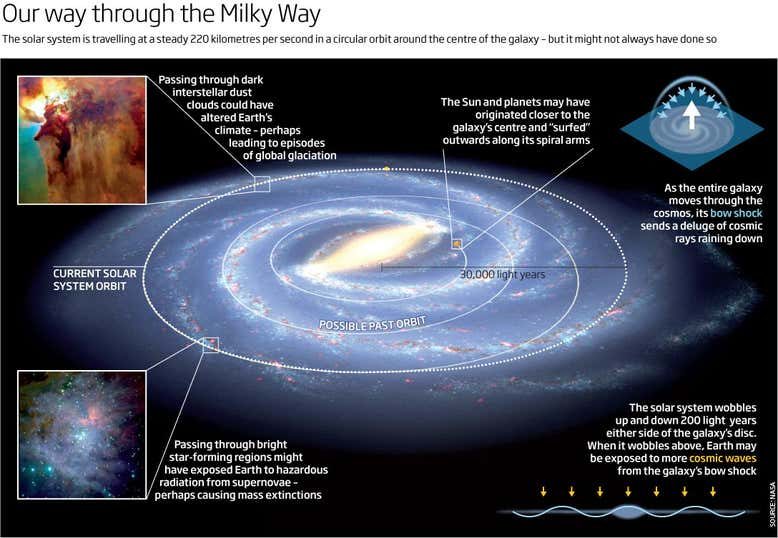
"In order to understand the phenomena in a certain plasma region, it is necessary to map not only the magnetic but also the electric field and the electric currents. Space is filled with a network of currents which transfer energy and momentum over large or very large distances. The currents often pinch to filamentary or surface currents. The latter are likely to give space, as also interstellar and intergalactic space, a cellular structure"The referenced "pinch" effect describes the natural compression of an electrical conducting filament by magnetic forces. It occurs in lightning, aurora borealis and its use by scientists has borne great fruit in magnetically confined plasmas used in fusion energy research. Many breakthroughs in fusion research have been held back for decades due to the pervasiveness of certain false concepts of "forces", "vacuums", "black holes" and "dark matter" prevalent in standard theory cosmology. One of the greatest paradoxes encountered in fusion research has involved naive attempts to overcome the Coulomb barrier.
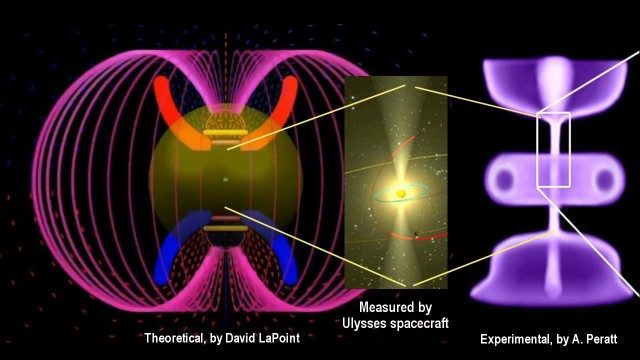
Without a concept of the organized harmonics which pervades plasmas which researchers like Bostwick, Alfven, Anthony Peratt et al have proven exist, then the only path to attaining fusion is through brute force as seen by pounding nuclei together, and super-heating and speeding up their motion in giant tokamak reactors. However, when dealing with plasmas, and the electro-magnetic dynamics of Birkeland currents we are now dealing with frequencies, pulses, and wavelengths that can amplify or de-amplify, create consonances or dissonances with measurable observable effects. In this sense, space actually has more in common with a symphony than with kinetic objects emiting "forces" in a vacuum.
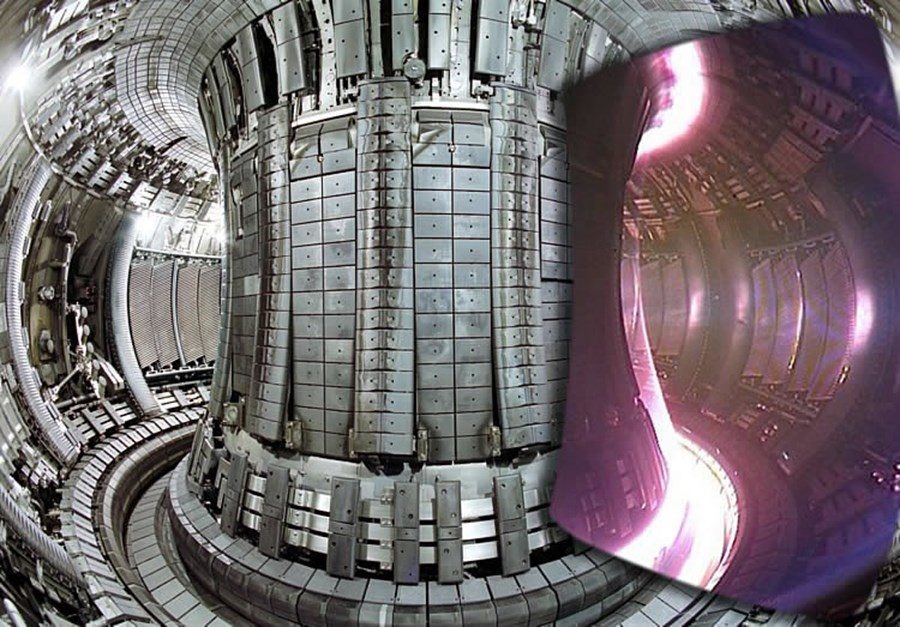
Pratt took these observations to a new level of cosmology when he began to apply the results of two spherical plasmas "pinched" by two magnetic Birkeland filaments of 10 (to the 18) amperes. In his 1986 paper "Evolution of the Plasma Universe II: The Formation of Systems of Galaxies", Peratt published several simulations which are featured under the M81 spiral galaxy image below.
While this evolution of two adjacent plasma spheres into a fully formed microscopic spiral galaxy endures for mere picoseconds under Peratt's models whereas the evolution of actual galaxies takes billions of years, the fact that the plasma universe model generates such analogues to the macro verse is incredible. It is merely the matter of SCALE of physical space time which differs in both cases but the qualitative effects are the same.
What is also extraordinary is that this model doesn't rely on any recourse to the imposition of imaginary entities like black holes, or dark matter to account for the galaxy's structure as mainstream mathematical physicists have been forced to do!
In another fascinating experiment, Peratt used information from three radio telescopes to form models of double radio galaxies and found similar analogies of the evolution of these galactic structures within laboratory plasmas as documented in his paper "3 Dimensional Spiral Cell Simulations of Spiral Galaxies". Peratt's simulations generated identical macro-structures in his laboratory as those same double radio galaxies observed in the universe.
Peratt has been very clear that popular difficulty to accept this principled pathway in physics is connected to the poisonous effects of Newtonian assumptions of empty space and matter on the minds of many of today's leading scientists and stated as much recently when he said:
"Space, being the most voluminous of the cosmos, when treated as pure vacuum, gives a false sense that most of the universe is in a known state, the only unknowns being the point-like masses occupying Newton's universe. The discovery of the complexity of the planetary plasma magnetospheres proved that space is plasma with an electrodynamic complexity that exceeds that of the first three states of matter."
As Above so as Below
Peratt's identification of Newtonian assumptions as the core mental crutch holding back researchers in the fields of cosmology, and atomic physics alike is incredibly important.
A few words would be appropriate to here clarify how and why these Newtonian assumptions crept into modern science when those brilliant physicists like Max Planck and Einstein who revolutionized both domains over a century ago were not only un-encumbered by Newton's assumptions, but in fact shattered them brilliantly. Throughout their lives, both men stated applied not the method of Newton in their creative work, but rather Johannes Kepler whose work on the "New Astronomy" (1609), "On the Six Sided Snowflake" (1609) and "Harmonice Mundi" (1619) not only created the basis for a modern astrophysics establishing Kepler's three laws (later plagiarised by the Bank of England's autistic kaballist Isaac Newton), but set that new physics upon the foundations of musical harmony.
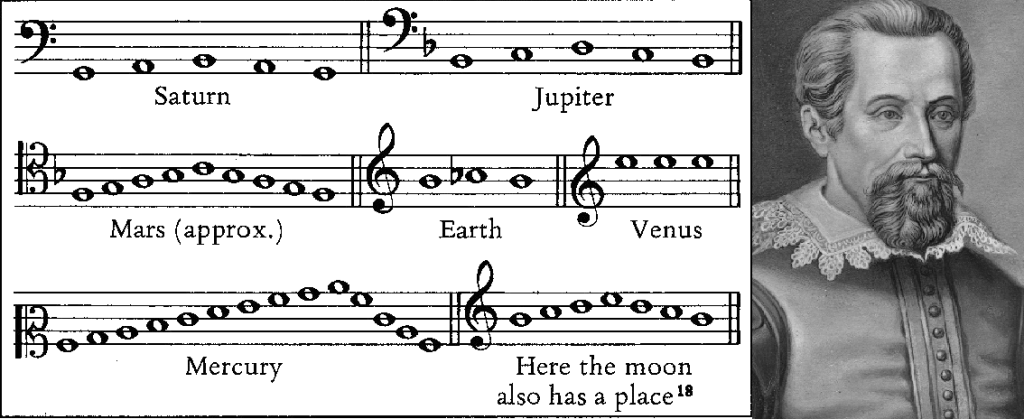
Well, if Neils Bohr, Heisenberg, Paoli and the Copenhagen School interpretation of the quantum which took over the narrative of quantum mechanics at the turn of the century is correct then this claim is certainly true, and there is no point in searching for discoverable principles that unify the universe within mankind's mind. Although adherents to the Copenhagen interpretation assert this schism to be an absolute truth beyond which no mind can pass, the irony is that this very school is celebrated for having "disproven" the notion of causality or truthfulness all together! If anything, the micro and macro worlds may only be united under the presumed "irrationalism and statistical probability" which governed the inner universe of Bohr's own mind [See Billington, Michael 'Taoist Perversion of 20th Century Science', Fidelio, 1994].
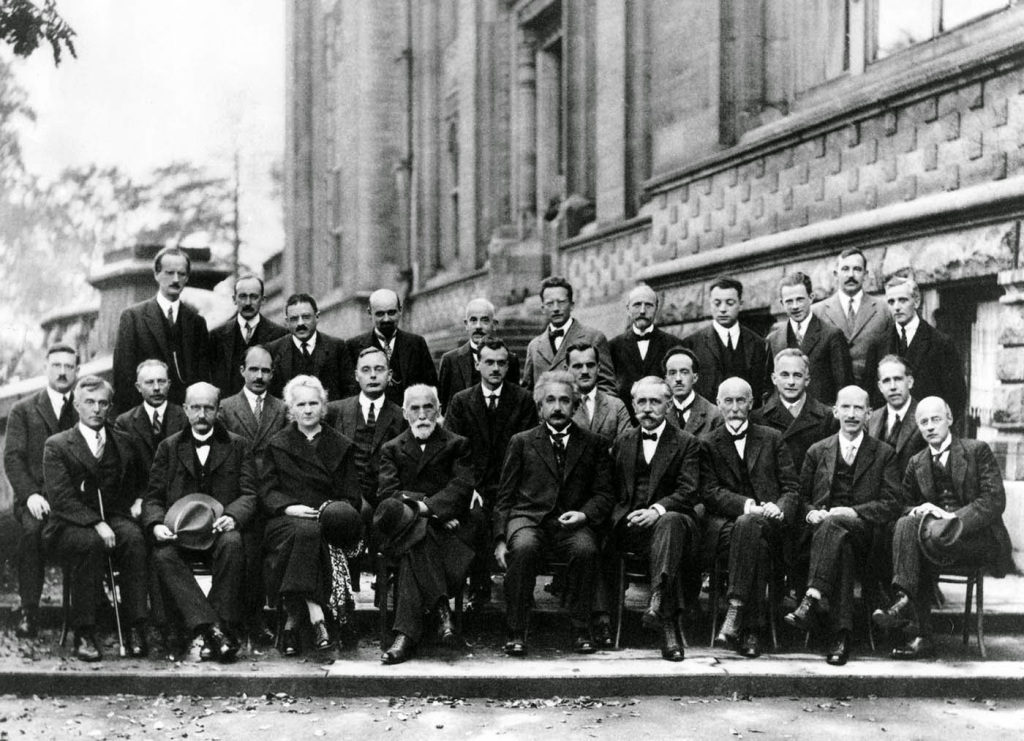
Perhaps the lack of progress in fusion research or fundamental discoveries in general over the 20th century had something to do with the abandonment of a fruitful method of thinking which Einstein, Planck and other great souls understood...
Speaking against the abandonment of causality, Planck argued in his 1935
"Philosophy of Physics" that:
"the reason why the measurements of atomic physics are inexact need not be looked for necessarily in any failure of causality. It may equally well consist in the formulation of faulty concepts and hence inappropriate questions."In the same essay, Planck argued that the corruption of science (which has become much deeper 80 years later) was tied to two fundamental errors:
1) The imposition of mathematics into the dominant position above physics which induced scientists to try to "fit" physical reality into the limited (and often wrong) cage of their mathematical language and...
2) The tendency to break the subjective mind of the scientist out of the equation of the objective universe which that person's mind was investigating. On this point, Planck said:
"In dealing with the structure of any science, a reciprocal inter-connection between epistemological judgements and judgements of value was found to arise, and that no science can be wholly disentangled from the personality of the scientists."Music as a Fundamental Principle of the Plasma Universe
Towards the end of his life, Max Planck strove passionately to re-infuse scientific practice with the sense of honesty and love which animated the greatest discoveries of human history including his own discoveries of the quantum and Planck's constant.
In both his incredible works "Philosophy of Physics" (1935) and "Where is Science Going?" (1932), Planck makes the point that the wave-particle duality paradox can only be resolved by infusing a sense of the mind of the inquirer into the equation and removing the conceptual wall dividing observed from observer.
To clarify the wave-particle paradox and Planck's resolution:
Unlike a planet or other projectile, a light photon's velocity and position cannot be simultaneously measured (for the moment one attempts to "see" a photon, those photons "hitting" the observed "object" to be returned back to the eye of the observer change that object's position). Planck states that the resolution to this must be found not in lazily assuming that light must simply have two opposing identities of wave and particle, nor that the truth of its essence cannot be known, but rather that the very definitions of wave, particle, as well as mind itself must be refined by treating the matter of free will scientifically... for this is the only known case other than an observed photon, whereby the act of observing, changes that which is observed. Planck states:
"We may perhaps deal with free will. Looked at subjectively, the will, in so far as it looks to the future, is not causally determined, because any cognition of the subject's will itself acts causally upon the will, so that any definitive cognition of a fixed causal nexus is out of the question. In other words, we might say that looked at from outside (objectively), the will is causally determined, and that looked at from inside (subjectively) it is free."Planck described the role of creative thought in this process most beautifully when he said:
"A good working hypothesis is essential for any investigation. This being so, we are faced with the difficult question how we are to set about to find the most suitable hypothesis. For this there can be no general rule. Logical thought by itself does not suffice- not even where it has an exceptionally large and manifold body of experience to aid it. The only possible method consists in immediately gripping the problem or in seizing up on some happy idea. Such an intellectual leap can be executed only by a lively and independent imagination and by a strong creative power, guided by an exact knowledge of the given facts so that it follows the right path."While Planck was an accomplished pianist, Einstein spoke relentlessly on the importance of his soul's adherence to classical music and his love of playing Mozart on his violin. Both men played music together frequently, and both testified to the vital role of classical music's performance in allowing them to leap beyond the constraints of logical deductive/inductive reasoning (aka: formal mathematics) which had prevented them from formulating fruitful hypotheses.
On music's role in scientific discovery Einstein said:
"The theory of relativity occurred to me by intuition, and music is the driving force behind this intuition. My parents had me study the violin from the time I was six. My new discovery is the result of musical perception."In another essay, Einstein went even further to describe the role of a causality in a Bach fugue as a master key to unlock the mathematically unsolvable problems of the quantum and causality more generally:
"I believe that events in nature are controlled by a much stricter and closely binding law than we suspect today, when we speak of one event being the cause of another. Our concept here is confined to one happening within one time section. It is dissected from the whole process. Our present rough way of applying the causal principle is quite superficial... We are like a child who judges a poem by its rhyme, and not by its rhythm. Or, we are like a juvenile learner at the piano just relating one note to that which immediately precedes or follows. To an extent, this may be all very well, when one is dealing with simple compositions; but it will not do for the interpretation of a Bach fugue. Quantum physics has presented us with very complex processes, and to meet them, we must further enlarge and refine our concept of causality."To this author's knowledge, nowhere was this idea best expressed in our modern age then in the short 17 minute video Is the Past Fixed?
Placing the Mind back in the Driver's Seat
This may seem like a deviation from our original theme of a plasma universe, however that is not so. The only reason why science's natural creative evolution was artificially de-railed during the 20th century, such that fusion power was not achieved on schedule and revolutionary discoveries on par with those of the late 19th-early 20th century failed to occur were due to the failure of leading scientists, artists and philosophers to follow the superior method of creative discovery utilised lovingly by the likes of Planck and Einstein.
Instead of a new age of discoveries in space travel, peaceful development and atomic discoveries as envisioned by the followers of John F. Kennedy, the 20th century saw the formation of a new scientific priesthood and transformation into a consumer cult society attempting to forever "live in the elusive now"... ignorant of the past, fearful of the future and disdainful towards human nature.
So as mankind's understanding begins to penetrate beyond the limits of the heliosphere and into inter-stellar space, and as new discoveries are made into the secret world of the atom, let us be reminded of the wise words of Planck who said:
"Science cannot solve the ultimate mystery of nature, and that is because, in the last analysis, we ourselves are part of nature, and therefore, part of the mystery that we are trying to solve. Music and art are, to an extent, also attempts to solve, or at least express that mystery. But to my mind, the more we progress with either, the more we are brought into harmony with all nature itself. And that is one of the great services of science to the individual."
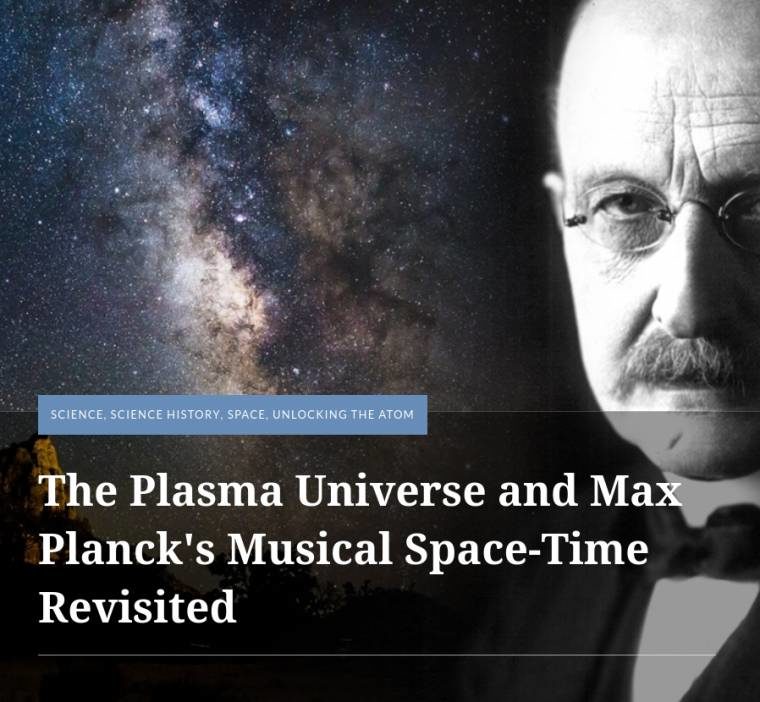

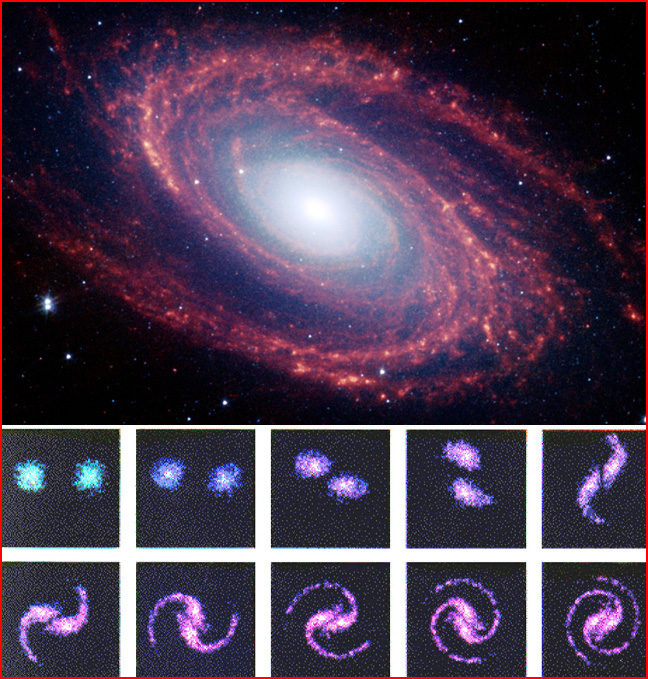
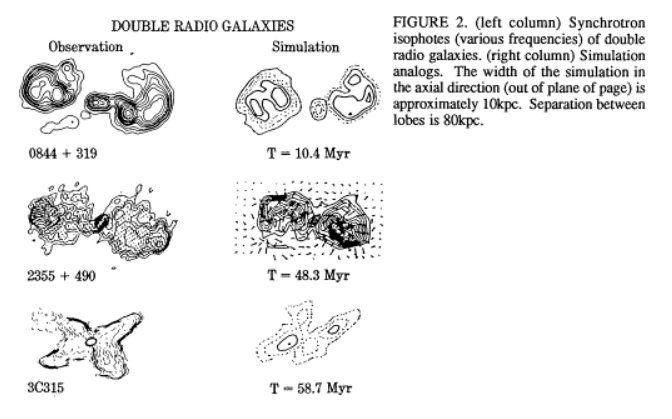
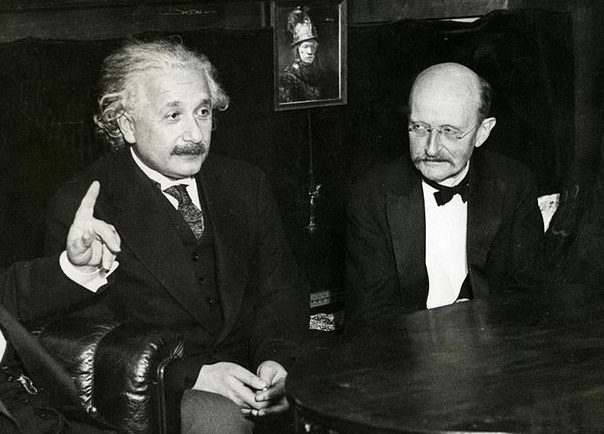
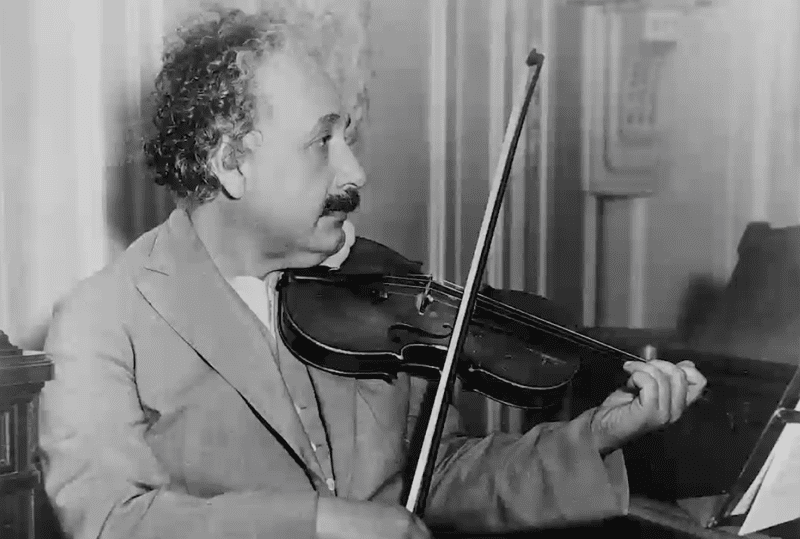



Comment: See also:
- Is everything conscious to some degree? More scientists endorsing panpsychism over materialism
- Physics shows that imperfections make perfect systems
- Cosmic climate change: Is the cause of all this extreme weather to be found in outer space?
- Atmospheric radiation highest ever recorded, cosmic rays at 5 year high
Also check out SOTT radio's: